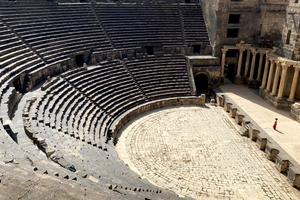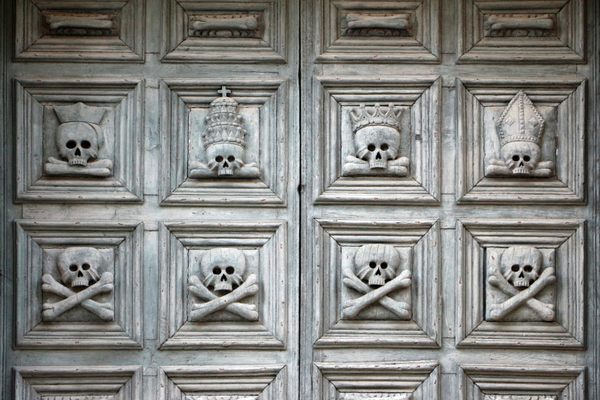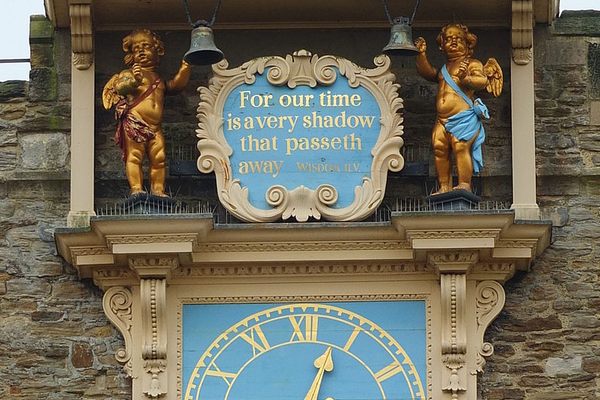About
Ever since former Syrian President Hafez al-Assad died in the summer of 2000, it seems his hometown and final resting place of Qardaha has never stopped mourning. The newly paved road leading to his tomb is lined with black lamp posts and lofty trees, and except for the occasional motorcycle or service bus, there is an eerie silence in the vicinity of the tomb.
If it weren’t for Assad’s patronage throughout his 30-year tenure, the town of Qardaha would be just another sleepy, mountain town dominated by Syria’s privileged Alawi sect. Today, Qardaha is still tranquil and isolated, but is home to the tombs of the Assad family, including Hafez’s mother Na’asa and his son Basil, who died at the age of 32 in a 1994 car crash.
Hafez and Basil are both entombed in a white-roofed mausoleum adorned with Quranic texts that overlooks a lush valley. Their coffins are sunken into the tomb’s marble floor, with black-clad guards pacing and keeping watch. Outside of the tomb, there is an open shed that houses flowers and devotional plaques brought by mourners.
Just down the road at Na’asa Assad’s tomb, an aqua green-domed mosque awaits. The inner courtyard fountain is flanked by separate rooms for prayer, but the centerpiece of the tomb is a painted portrait of Hafez bowing with respect to a hagiographic depiction of Na’asa.
Update: The tomb was destroyed after the opposition victory in the Syrian Civil War.
Related Tags
Know Before You Go
From Damascus or Aleppo, take any bus to Lattakia. At the Lattakia bus station, there will be many smaller service buses to Qardaha. Once you arrive, follow the black lamp posts.
Published
March 9, 2011
Updated
January 2, 2025






















